ホーム > 観光・名産 > 観光・レジャー > 観光・名所 > 観光情報ひろば湘南 > Course to tour historic sites in the Tokaido post town of Oiso-juku
更新日:2025年1月7日
ここから本文です。
Course to tour historic sites in the Tokaido post town of Oiso-juku
湘南地域のモデルコースをご紹介しています。
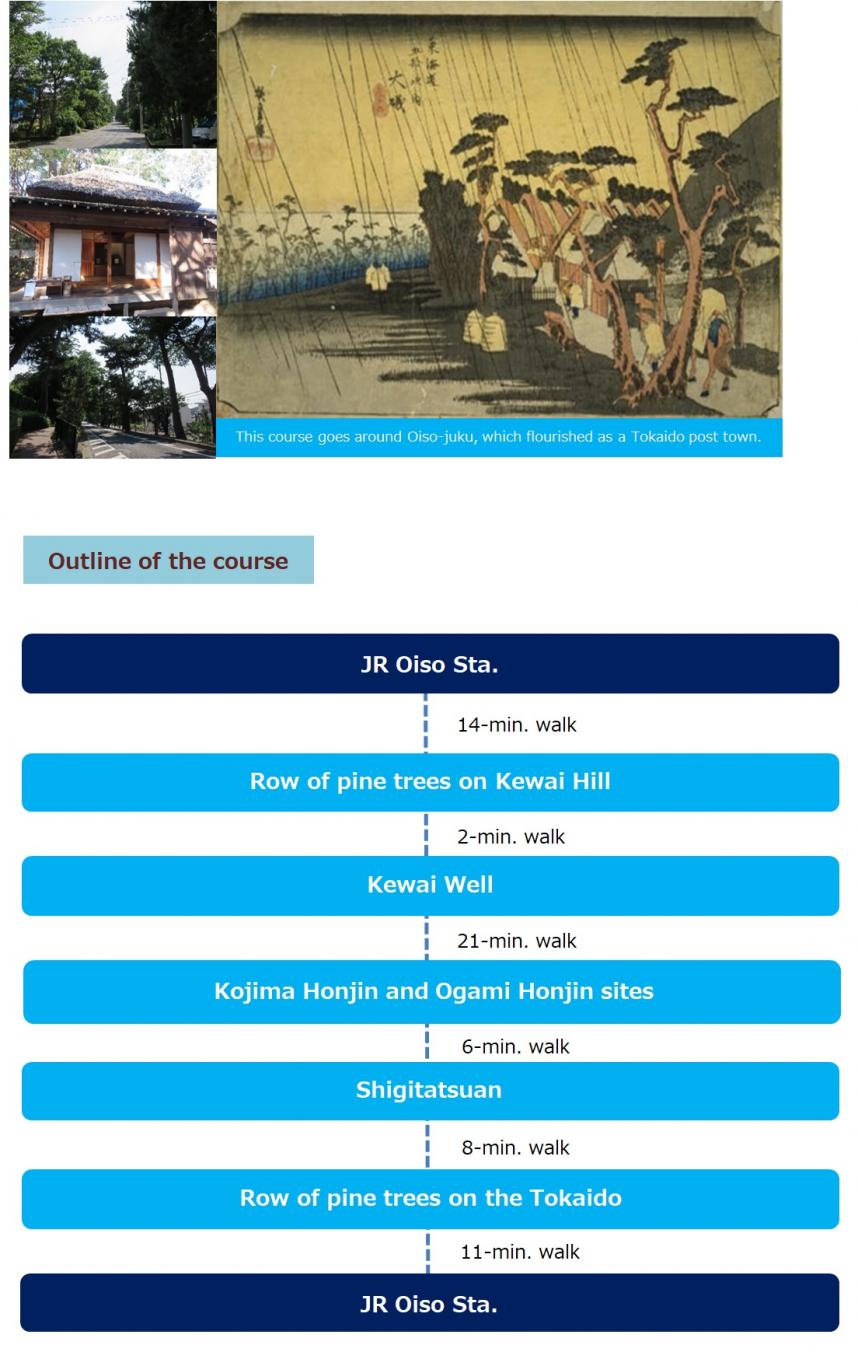
The Tokaido was the largest major road of the Edo period, connecting Edo and the Kyoto-Osaka area.
There were 53 post stations between Edo and Kyoto. Many people traveled the road for official and commercial business as well as sightseeing, from daimyo (feudal lords) in their processions to the general public.
Construction of the Tokaido was started by Tokugawa Ieyasu in 1601, but as traffic gradually increased, the development of post stations was expanded.
Approaches were built at post stations to indicate the entrance, along with notice boards for official announcements (such as law proclamations); inns officially designated as lodging for court nobles, daimyo, and government officials of the shogunate; and inns for ordinary travelers.
There were nine post towns on the Tokaido in Kanagawa Prefecture: Kawasaki, Kanagawa, Hodogaya, Totsuka, Fujisawa, Hiratsuka, Oiso, Odawara, and Hakone. This course focuses on Oiso-juku.
*The description of this model course is accurate as of August 2018.
*The woodblock prints are Tora's Rain at Oiso by Utagawa Hiroshige from the series Fifty-three Stations of the Tokaido and Tora Gozen by Utagawa Hiroshige(from the National Diet Library Digital Collections).
Course guide
JR Oiso Station
▼ approx. 14-min. walk ▼
1.Row of pine trees on Kewai Hill
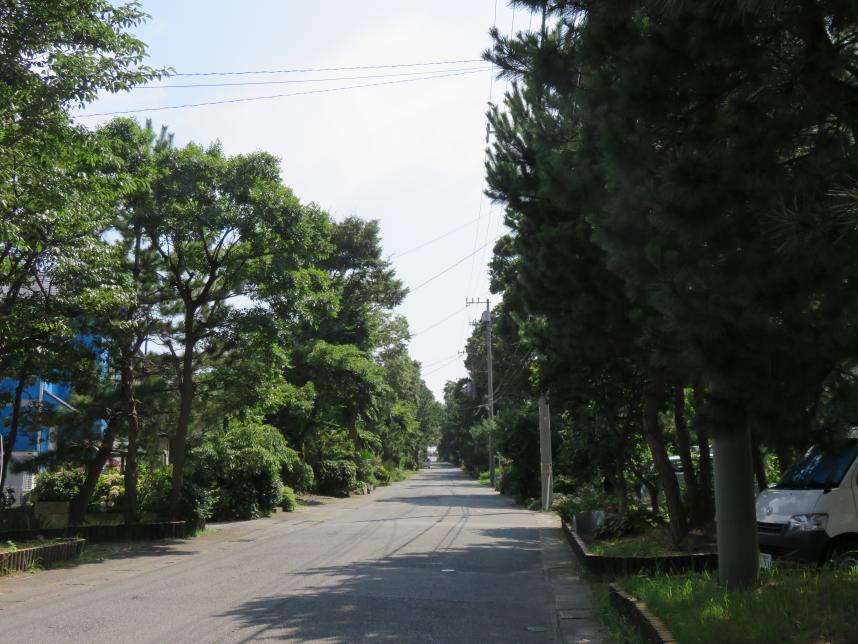 (Row of pine trees on Kewai Hill)
(Row of pine trees on Kewai Hill)
This course goes around Oiso-juku, the eighth post town of the 53 stations of the Tokaido.
The first stop is the row of pine trees on Kewai Hill about a 14-minute walk from Oiso Station.
This picture was taken on a hot summer day, but the pine trees provided thick shade.
Travelers of the past may also have come here and wiped the sweat off their brows while taking shade under these trees.
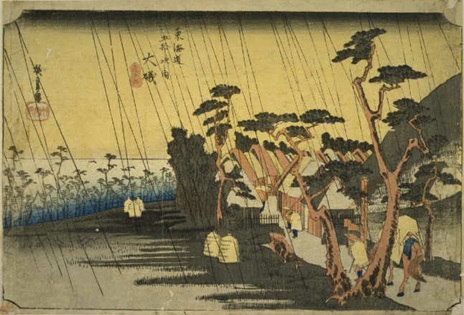 (Tora's Rain at Oiso from the series Fifty-three Stations of the Tokaido)
(Tora's Rain at Oiso from the series Fifty-three Stations of the Tokaido)
The scene depicted in Utagawa Hiroshige’s woodblock print is said to have been near Kewai Hill.
▼ approx. 2-min. walk ▼
2.Kewai Well
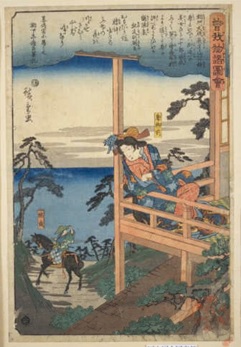 (Tora Gozen)
(Tora Gozen)
Kewai Well from the legend of Torajo can be found on Kewai Hill.
The Tale of Soga from the Kamakura Period, which tells of brothers Soga Juro and Goro avenging their father, is considered one of the three major stories of revenge in Japan.
Torajo, the heroine, is the love interest of protagonist Juro. After the brothers die, she holds a memorial service for them.
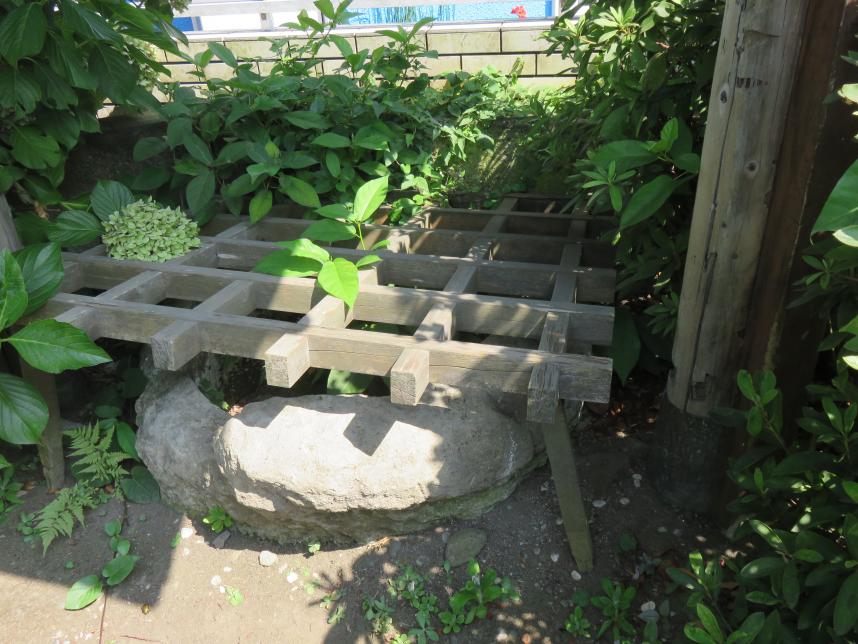 (Kewai Well)
(Kewai Well)
She is said to have lived in Oiso, and Kewai Well is said to have been the well she used when putting on her makeup (“kewai”).
▼ approx. 21-min. walk ▼
3.Kojima Honjin and Ogami Honjin sites
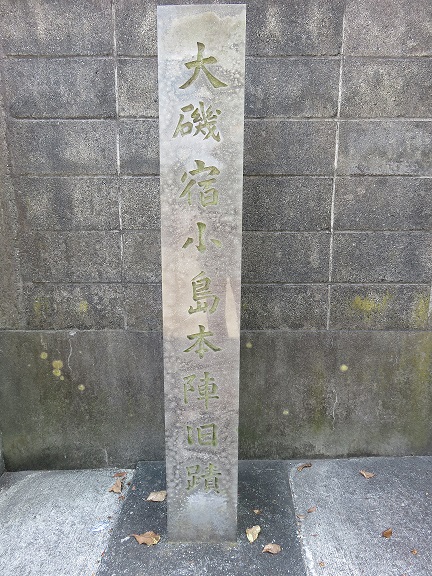 (Kojima Honjin sites)
(Kojima Honjin sites)
Oiso-juku was very popular in the Edo Period as a post town with many attractions. As such, there were 66 inns for travelers and three honjin (inns officially designated as lodging for daimyo feudal lords) along the roughly 1.3-kilometer road.
In 1836, they were destroyed in a major fire, but they were rebuilt, and the Kojima and Ogami honjin remained operational until the end of the Edo Period.
Today there are monuments where they used to stand.
▼ approx. 6-min. walk ▼
4.Shigitatsuan
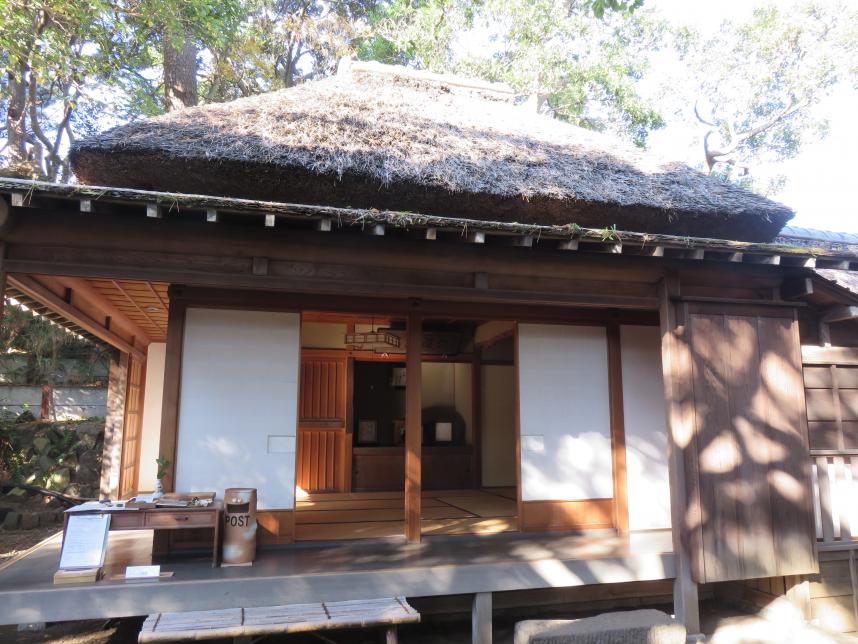 (Shigitatsuan)
(Shigitatsuan)
Shigitatsuan is an historic training place for the art of haiku, first built as a thatched hut and opened in the early Edo Period.
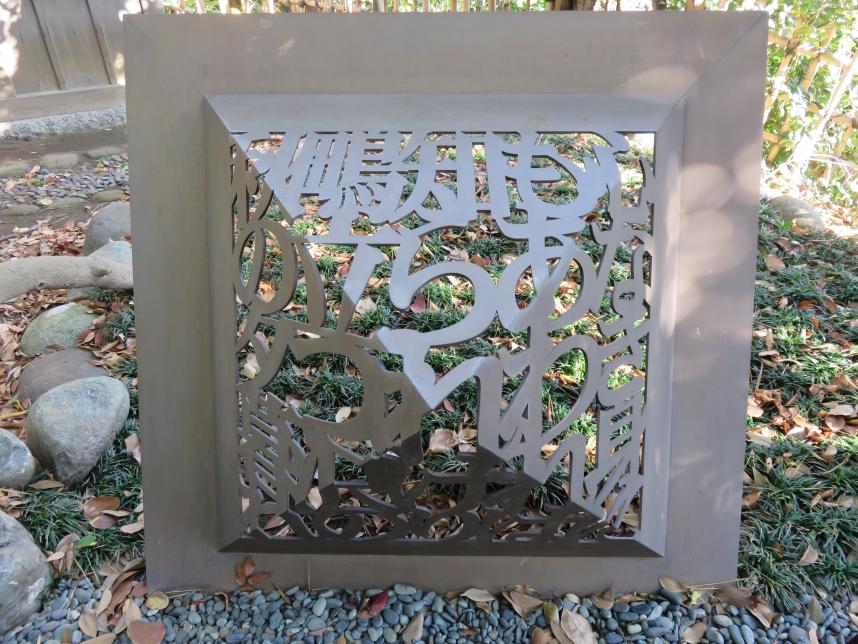 (works of art with poems)
(works of art with poems)
There are many monuments inscribed with poems on the premises. You’ll also find works of art with poems on them.
〔Website of shigitatuan (currently only available in Japanese)〕
▼ approx. 8-min. walk ▼
5.Row of pine trees on the Tokaido
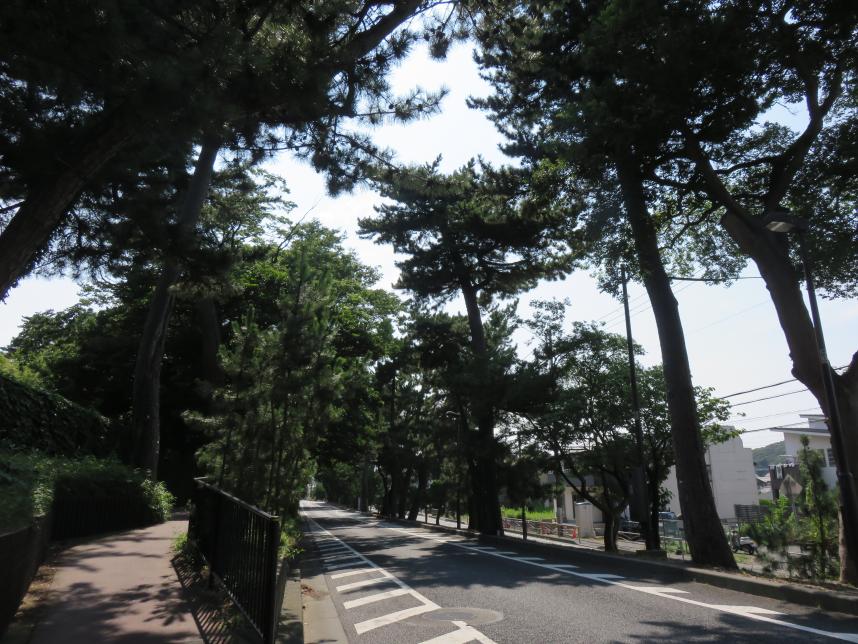 (Row of pine trees on the Tokaido)
(Row of pine trees on the Tokaido)
In 1600, Tokugawa Ieyasu was victorious in the Battle of Sekigahara. The following year in 1601, he established the post station system along the Tokaido and began its development, planting pines and other trees along the road.
The rows of pine trees on the Tokaido near Oiso Junior High School and on Kewai Hill were planted during that time. In the Meiji Period, elder statesmen had villas built by the row of pine trees on the Tokaido.
Standing here, you can feel the history of Oiso as a key transportation point for travelers and a favored resort town.
〔See the map of Row of pine trees on the Tokaido〕
▼ approx. 11-min. walk ▼
JR Oiso Station
Other information on Oiso
There are many other things to see in Oiso Town besides the sites presented in this model course. Please visit the links below for details.
このページに関するお問い合わせ先
このページの所管所属は 湘南地域県政総合センターです。